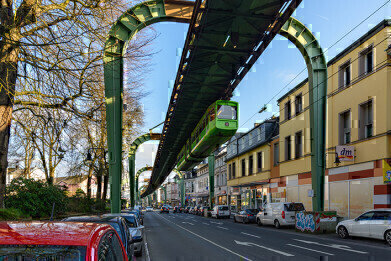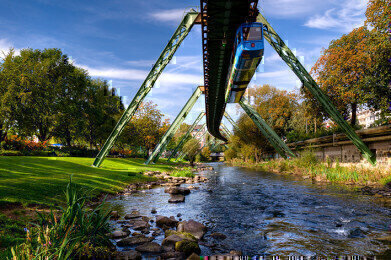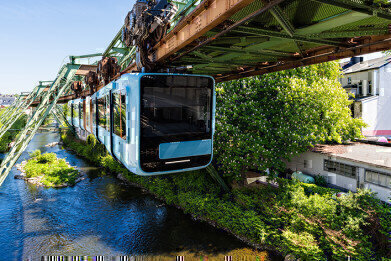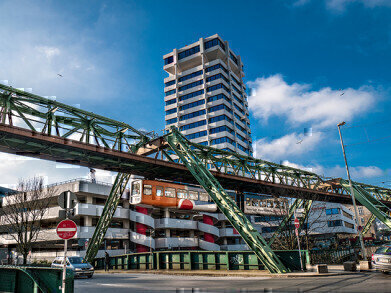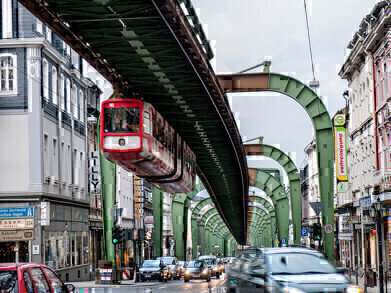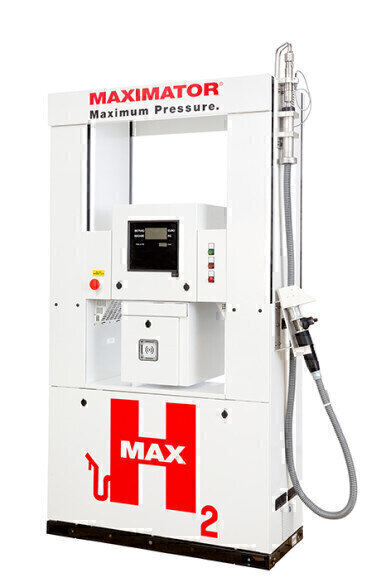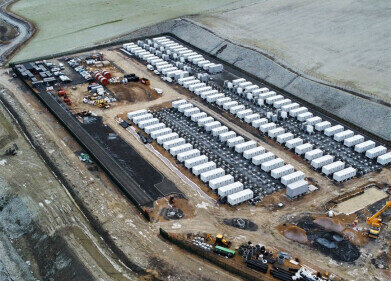Green Energy
Wuppertal from the Schwebebahn to 2020 regional hydrogen prize winner
Nov 16 2020
Authorship: Stephen B. Harrison & Daniel W. Harker, sbh4 GmbH.
Wuppertal has had a history of pioneering transportation technology since the construction of the Schwebebahn suspended railway in the late 1800s. More than a century after the Schwebebahn opened, Wuppertal is still putting themselves on the map for their innovative approach to mobility. They have introduced a fleet of fuel cell electric buses (FCEBs), powered by green hydrogen generated from the incineration of municipal waste. Willy Görtz, who leads the projects department at AWG Abfallwirtschaftsgesellschaft mbH in Wuppertal (the city’s waste collection and disposal organisation) commented, “We need to decarbonise fully by 2050 and that’s really not far off. We must get started right now with ambitious projects that can be replicated and scaled”.
FCEBs – a zero emissions mode of transport to decarbonise public transport
As of 2019, the first A330 FC fuel cell and hydrogen-powered busses arrived in Wuppertal, with more arriving in 2020. For every 10 FCEBs on the road, approximately 700 tonnes of carbon dioxide emissions from diesel fuel combustion can be eliminated per year. With an overall project budget of €12 million, over half will be spent on purchasing FCEBs and the rest will be invested in hydrogen production, storage and fuelling systems.
The hydrogen comes from a 1.25MW electrolyser, sourced from Hydrogenics. It relies on PEM technology which is suited to this application to ensure that the hydrogen is free from impurities, to avoid the unnecessary degradation of the fuel cell catalysts, which would decrease performance. Also, the PEM technology is well matched for this application where the electrolyser needs to start up and shut down frequently when the local electricity demand is low. This results in a minimised ‘stress’ level and ensures an environmentally and economically sustainable operation. Integral to the design is a high-pressure hydrogen gas buffer storage, with capacity of 425kg of compressed hydrogen, enabling faster fuelling of multiple busses in rapid succession. This buffer storage allows the electrolyser to run intermittently when the cash value of exporting electricity to the local grid is low.
Compressed hydrogen – high energy density for efficient hydrogen mobility
The gas compression system and fuelling dispensers for the hydrogen supply have been manufactured by Maximator GmbH. Görtz added that “we chose to offer this project to Maximator because their system had the highest uptime availability and represented the best value for money”.
Maximator has interests in high-pressure testing, components, and hydraulics. Their fuelling station utilises two stages of hydrogen compression with a gas intercooler between the stages. In the past, changing out the gasket was a time-consuming process that meant the fuelling station must be taken offline for several days. For pilot stations, that has been tolerated either by the acceptance of the downtime or the use of a second fuelling station to build redundancy into the system – at a significant cost. However, as hydrogen refuelling stations become an integral part of our mobility infrastructure, they must compete with traditional gasoline pumps and offer at least 99% availability. Therefore, it holds multiple high-pressure sealing gaskets that are automatically loaded into the hydrogen fuelling station gas compressor. To fully automate the process a sensitive hydrogen gas detection system is employed: this is to measure leakages and determine the optimal timing to change the gasket.
Green hydrogen from municipal waste incineration
The electrical power required for the PEM electrolyser will be generated from the combustion of municipal waste. Only the ‘Restmüll’ - the most difficult rubbish to dispose of - is used as feedstock to the waste-incinerator the other waste fractions: paper, packaging and biological waste are processed in other parallel waste handling routes. Despite this separation, the Restmüll still has a biomass content of more than 50%, which combined with carbon dioxide emissions trading means that the electricity generated from the Wuppertal waste incinerator can be labelled as ‘green’.
Put into operation in 1976, the plant was purpose-built for power generation from the combustion of municipal solid waste. Every year, around 400 000 tonnes of waste is burned in the AWG Wuppertal waste incineration power station and only a fraction of that is required to feed the hydrogen electrolyser. The incinerator represents a significant contribution to a positive carbon dioxide balance because the operation of the waste power plant saves immense amounts of fossil fuels and therefore reduces the overall environmental impact of power generation in the region. The flue gas scrubber contains a bank of filters to ensure that the power plant’s emissions are normally less than ten percent of the legal limit.
Best of the bunch in the 2020 regional hydrogen project awards
Wuppertal was rewarded for their hard work, winning the North-Rhine Westfalia state competition for hydrogen mobility on the 15th of October this year. In doing so, they obtained the title “Model Region for Hydrogen Mobility”. During acceptance of the prize, Wuppertal Municipal Works CEO, Markus Hilkenbach said, “when implemented correctly, sustainability must represent added value for our customers and urban society. Our hydrogen buses not only run without CO2 emissions; thanks to the electric drive they also cause hardly any noise. That is also an important factor for residents”.
Events
Apr 22 2024 Hannover, Germany
Apr 23 2024 Kuala Lumpur, Malaysia
Apr 24 2024 Sao Paulo, Brasil
May 05 2024 Seville, Spain
May 13 2024 Munich, Germany
